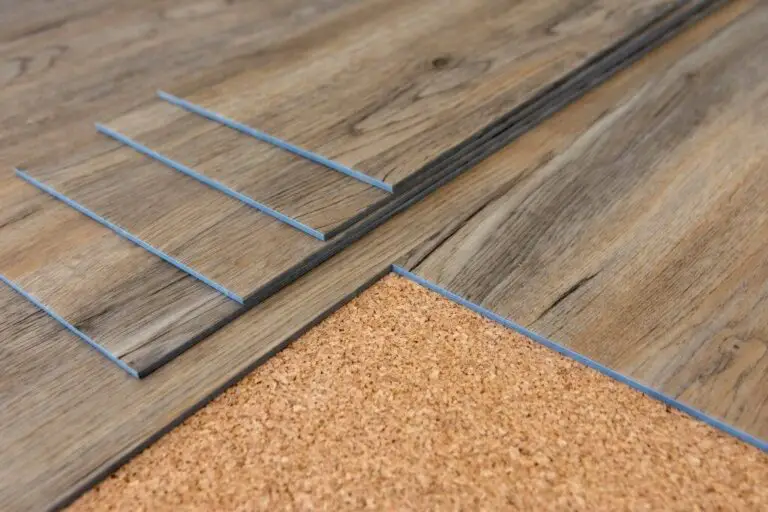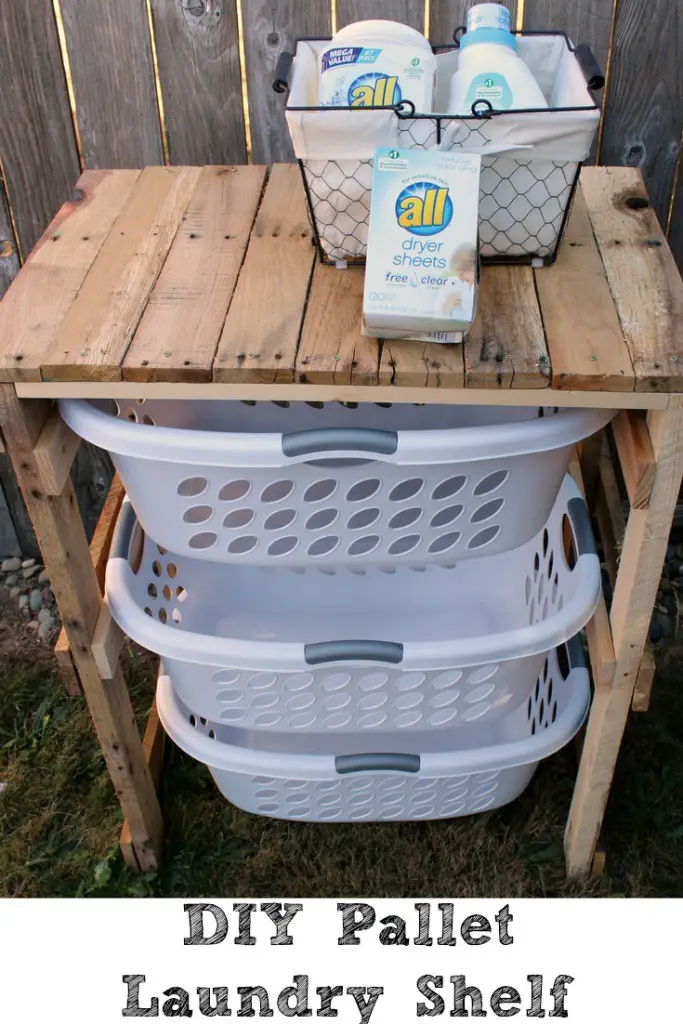Green Thumb Alert: Top 10 Pests That Challenge Your Gardening Skills
In the world of gardening, unwanted visitors can wreak havoc on your plants and crops if left unchecked. To ensure a thriving garden, it’s essential to identify the most common pests that can cause destruction. These unwanted critters can leave unsightly holes in leaves, devour flowers, and even contaminate fruits and vegetables with harmful microorganisms.
Australian homes are not immune to these pesky invaders, which often make their way indoors from the garden.
Once inside, they can damage household items and pose health risks by transmitting diseases to humans.
The key to a healthy garden is knowing what pests you’re up against and where they’re coming from. With this knowledge, you’ll be better equipped to develop effective strategies for eliminating them and protecting your crops.
Below, we’ll count down the top 10 most persistent garden pests, along with practical tips on how to control them.
Vine weevils
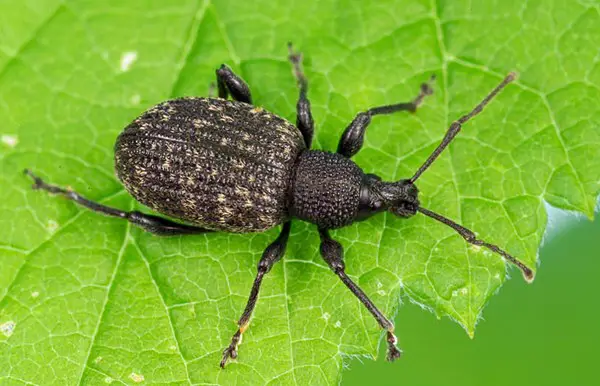
These pesky insects are notorious for infesting container and garden plants, with adults feasting on leaves during warm months and the larvae munching on roots during cooler months. To keep them under control, start by inspecting your plants on spring and summer evenings using a torchlight and plucking off any adult weevils you find. For a more targeted approach, consider applying microscopic nematodes like Nemasys Vine Weevil Killer directly to the soil.
Alternatively, suitable pesticides for the job include Provado Vine Weevil Killer 2.
Cushion Scale
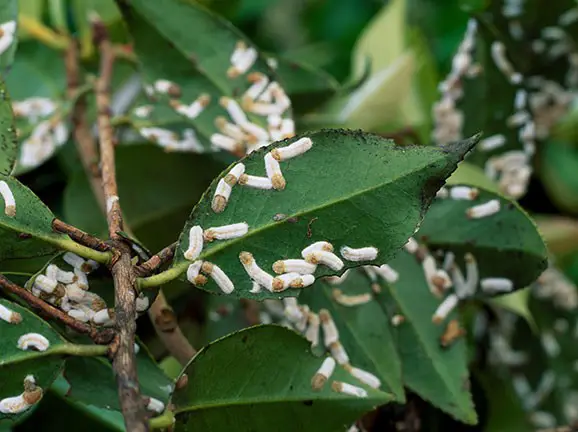
Heavy, dark spots can appear on the leaves of evergreen shrubs during late winter or spring, caused by insects that are a yellowish-brown color and approximately 1/8 inch (3mm) in length. To regain control, start by gently wiping the underside of the affected leaves with a damp cloth to remove any debris or residue. If the issue persists, consider using an organic pest and disease control product like Vitax’s 2-in-1 solution or a contact pesticide such as Westland’s Resolva Bug Killer.
Red Lily Beetle
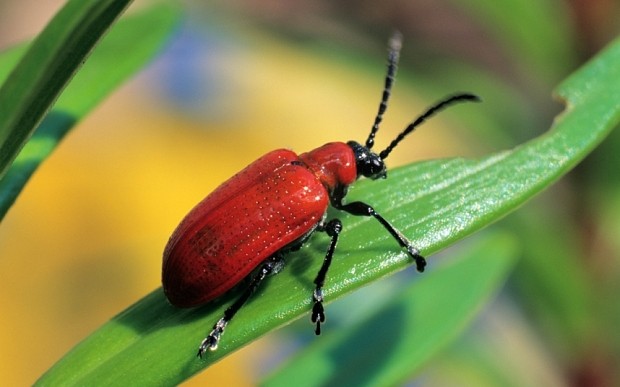
To prevent damage, regular inspections of your plants are crucial, starting from late March. Adult beetles and their black grubs, which feed on excrement, can strip lilies, fritillaries, and cardiocrinums of leaves. To control the infestation, hand-pick any beetles, larvae, or eggs you find to destroy them. Additionally, consider spraying your plants with Provado Ultimate Bug Killer as a preventative measure.
Rosemary Beetle

The larvae and adults of this pest feed on a variety of foliage, including rosemary, sage, lavender, thyme, and other herb species. A notable symptom of infestation is the reduction of leaves to short stumps. To manage the population effectively, a dual approach can be employed. Firstly, hand-picking can be an efficient method to control the pest’s spread. Additionally, organic pesticides such as pyrethrum-based products (e. g.
, Bug Clear Gun for Fruit & Veg) can be used on edible herbs, providing a safe and effective solution for gardeners.
Aphids

Aphids can hinder plant growth by causing distortions and reducing vigor. Moreover, they excrete a sticky substance known as honeydew on foliage, which creates an ideal environment for sooty mould to develop. Some aphid species are also responsible for transmitting plant viruses.
To manage these pests, it’s essential to address infestations promptly. If possible, pinch out affected leaves or shoots to prevent the spread of disease.
For indoor gardens under glass, consider introducing natural predators like ladybirds, hoverfly larvae, lacewing larvae, and parasitic wasps that feed on aphids. Insecticides are also a viable option, but it’s crucial to explore alternative solutions before resorting to chemical controls.
In related news, maintaining a wasp-free garden is crucial for overall plant health.
Allium Leaf Miner
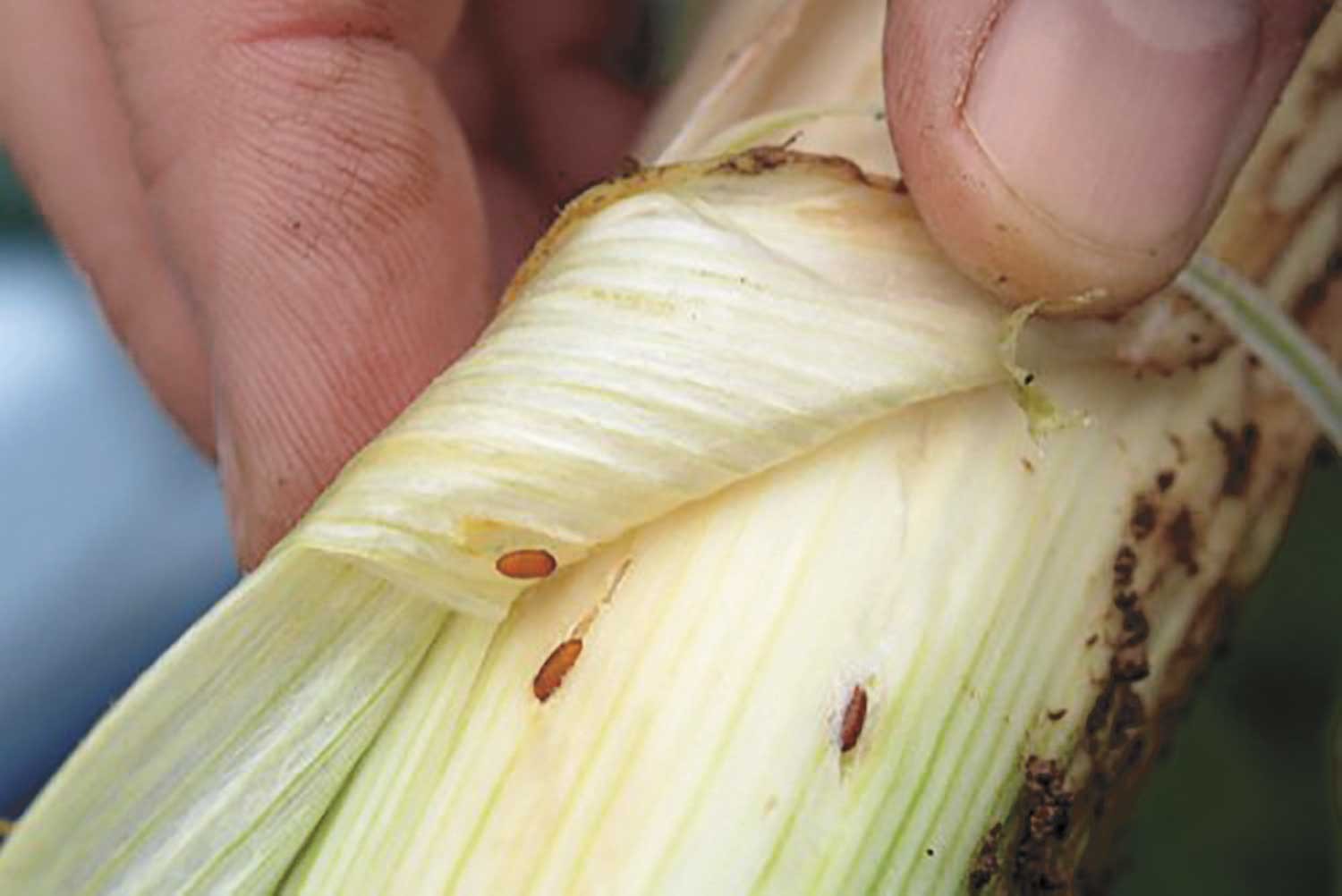
In a surprising turn of events, this previously insignificant fly has evolved into a significant nuisance. The larvae of this pest species have developed an insidious habit of burrowing into the stems and bulbs of leeks, onions, chives, and garlic, often leading to plant rot. To combat this issue, gardeners can employ several strategies. During the early months of spring (March/April) and autumn (October/November), it’s crucial to cover plants with a layer of fleece to prevent further damage.
Additionally, crop rotation is essential, as adult flies may emerge from under the coverings if the same plot of land is used repeatedly over consecutive years.
Tortrix Moth Caterpillar

To combat these pests, caterpillar- infested leaves can be gently squeezed to crush the grubs within. For a more targeted approach, Steinernema carpocapsae nematodes provide a biological control option. Alternatively, chemical control measures like Bayer Provado Ultimate Fruit and Vegetable Bug Killer can be employed as a spray solution.
Mice/Voles
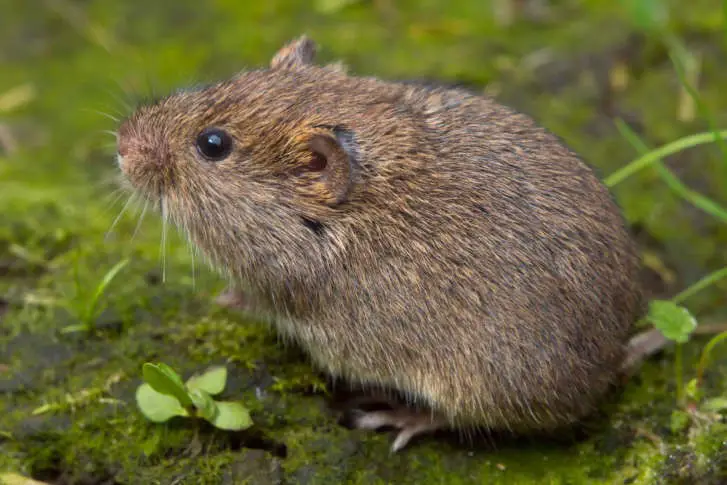
The nocturnal wood mouse, short-tailed vole, and bank vole can be seen all year round under optimal conditions, leading to rapid population reproduction. These rodents wreak havoc on various plant-based materials, including fruits, seeds, bulbs, and vegetables. To combat this issue, it’s essential to set traps precisely where the damage occurs. When targeting wood mice, peanut butter is an effective bait option.
For short-tailed voles and bank voles, pieces of dessert apple or carrot can be used as lures. However, it’s crucial to exercise caution when employing poison baits, as their efficacy may be compromised in environments with abundant food sources.
Ants
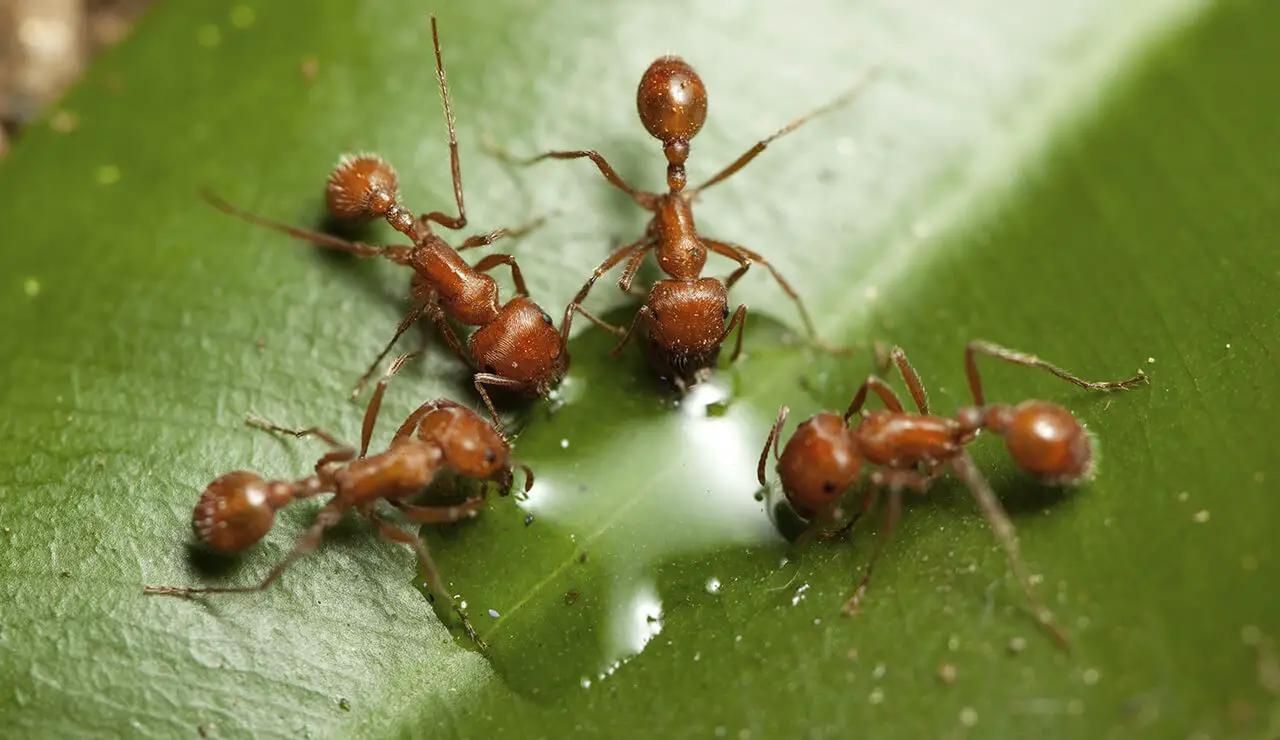
When ants build their nests, they can cause more trouble than harm by disturbing soil around plant roots and depositing it on the surface. This process can even dry out roots by creating air pockets, which can be detrimental to plants. To control this issue, avoid destroying their nests as much as possible. If you must remove a nest, be aware that in-coming queen ants will take their place, leading to even more new nests being established.
Chemical baits like Nippon Ant Killer are also effective at controlling ant populations. As part of a comprehensive pest control strategy, it’s essential to consider the types of pests commonly found in your garden, such as mice, aphids, beetles, and snails. By implementing measures to manage these pests, you can prevent significant damage to your crops and flowers. With the right approach, you can grow healthy, bountiful, and fresh produce all year round.

